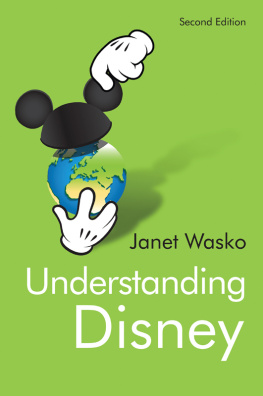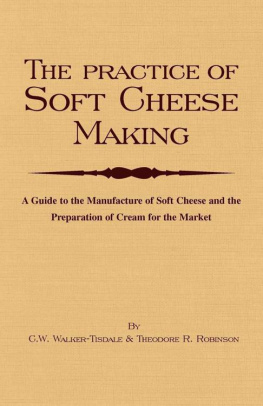Cover

| title | : | Encyclopedia of PVC |
| author | : | Nass, Leonard I. |
| publisher | : | CRC Press |
| isbn10 | asin | : | 0824774272 |
| print isbn13 | : | 9780824774271 |
| ebook isbn13 | : | 9780585386447 |
| language | : | English |
| subject | Polyvinyl chloride. |
| publication date | : | 1998 |
| lcc | : | TP1180.V48E5 1998eb |
| ddc | : | 668.4/237 |
| subject | : | Polyvinyl chloride. |
Page i
Encyclopedia of PVC
Page ii
Page iii
Encyclopedia of PVC
Second Edition, Revised and Expanded
Volume 1: Resin Manufacture and Properties
edited by
LEONARD I. NASS L.I. Nass Company Warren, New Jersey
CHARLES A. HEIBERGER Plastics Industry Consultant Princeton, New Jersey
MARCEL DEKKER, INC. New York and Basel
Page iv
Library of Congress Cataloging in Publication Data
Main entry under title:
Encyclopedia of PVC.
Includes bibliographies and indexes.
Contents: v. 1. Resin manufacture and properties.
1. Polyvinyl chloride. I. Nass, Leonard I.
II. Heiberger, Charles A.
TP1180.V48E5 1985 668.4'237 8520753
ISBN 0-8247-7427-2 (v. 1)
COPYRIGHT 1986 MARCEL DEKKER, INC. ALL RIGHTS RESERVED
Neither this book nor any part may be reproduced or transmitted in any form or by any means, electronic or mechanical, including photocopying, microfilming, and recording, or by any information storage and retrieval system, without permission in writing from the publisher.
MARCEL DEKKER, INC.
270 Madison Avenue, New York, New York 10016
Current printing (last digit):
10 9 8 7 6 5 4 3 2 1
PRINTED IN THE UNITED STATES OF AMERICA
Page v
Charles Heiberger left us on September 13, 1985, just as this volume was being readied for final printing and publication. However, his presence as my coeditor has insured that he will always be with us, at least in memory. This volume, and the three remaining volumes to come, are a reflection of his contributions to this series.
With Charles' death, I lost a collaborator who was very special. His many ideas were innovative and stimulating and his presence was inspiring. The reorganization of topics into our new format and the subsequent expansion of subject matter and of the series from three to four volumes result mainly from Charles' incisive thinking and powers of persuasion. It is also through Charles' efforts that we have so many new contributors working with us on this revised series. It was Charles who first expounded the thought that the new Encyclopedia of PVC would not necessarily make obsolete the original edition. What our new authors have done is to provide additional insight and complementary viewpoints to topics that were originally well prepared and documented some 10 years ago. Thus, both editions can rightfully stand together on one's shelves, side by side today, and this too is because of Charles' organizational abilities.
It will not be easy finishing this work without you, Charles. You were not just a staunch collaborator, but a good friend as well.
Leonard I. Nass
Page vi
Page vii
Foreword
Old soldiers never diethey just fade away. Old plastics never diethey hang on and stay.
There exist two outstanding examples that prove the validity of the metaphoric version of this sentence: the thermoset phenolics (Bakelite) and the thermoplastic polyvinyl chlorides (PVC). The former just celebrated the 75th anniversary of its appearance; the latter became commercial about 50 years ago. There is, however, a significant difference between these two classical synthetics: Bakelite has beenand still isessentially restricted to those applications which need hard, thermostable materials; PVC, on the other hand, has beenand still isexpanding over all possible practical uses from soft rubbery shoe soles and garden hoses to hard and tough window frames and to giant sewer pipes. In 1983 the worldwide production and consumption of PVC was 12.5 million metric tons (27.5 billion pounds) and there is all reason to expect it will be about 17 million tons (37.4 billion pounds) in 1990.
At this time, it is extremely desirable that a new comprehensive presentation of all the many facets of this important material should be published in the form of four volumes of an encyclopedia where each chapter is contributed by a qualified expert to give an account of the development together with a detailed description of the present state of the art in synthesis, characterization, structure, properties, processing, and applications.
Such encyclopedic presentations with fact and figure collections can easily become monotonous and purely informativelike a telephone bookbut they also may, beyond that, be educational and stimulating when the material is not presented as a dry enumeration of data and events but has suggestive concepts and ideas appropriately sprinkled throughout the text. The editors and authors have been remarkably successful in introducing into these volumes a refreshing flavor of progressive and imaginative contribution, which make them a source not only of reliable information but also of intellectual challenge. All chapters of the four volumes will convince the reader that PVC is an unusual polymer and will remain an important leader in the vast fields of its preferred uses for many more years.
PVC is technically not an organic resin because it contains normally 56.8 weight percent of chlorine and, in its after-chlorinated types, as much
Page viii
as 65 weight percent. Essentially, it is an inorganic-organic hybrid polymer and owes many of its interesting properties, such as flame retardancy, resistance to common solvents, polarity, compatibility with additives, and high softening characteristics, to the presence of its inorganic component. There exist several other inorganic-organic polymers: for example, polyvinylidene chloride (Saran), polytetrafluoroethylene (Teflon), and the large families of silicones and phosphazenes. In all these cases, it is the inorganic componentsilicon, phosphorus, flourine, chlorinewhich endows these materials with such valuable properties that all the enumerated polymers are commercially very successful even though in most cases the monomeric species are rather expensive and the methods of polymerization are not simple. In all these cases the inorganic component is a chemical constituent of each macromolecule. It is known, however, that the mechanical blend of truly organic polymers with inorgano-organic species also offers interesting new properties, and even the simple admixture of inorganic fillers to organic polymers is a field of widespread, successful activities, including the loading of PVC with finely powdered inorganics.
Any new large-scale demand for specific property combinations generates ideas for novel compositions and processing techniques, and the users of this encyclopedia will find their expectations for information, stimulations, and guidance fully and wholly satisfied.
Next page

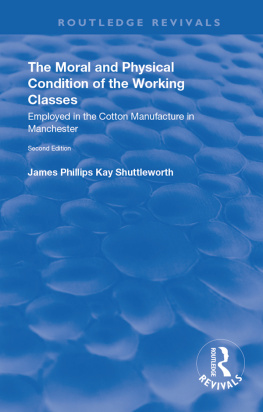
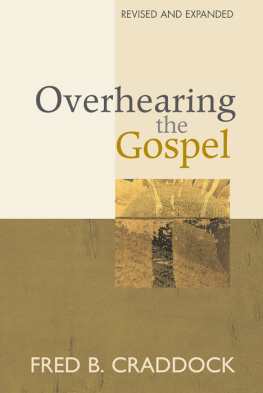
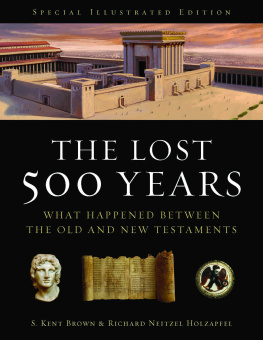
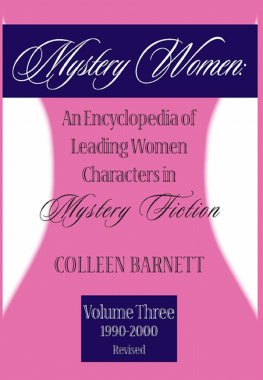
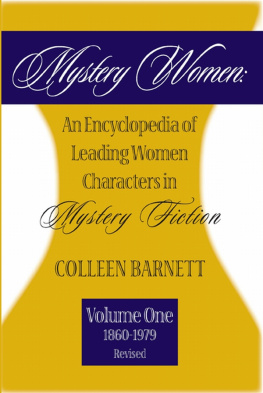
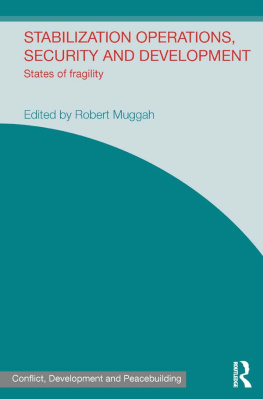
![Mark J. P. Wolf (editor) - Encyclopedia of Video Games: The Culture, Technology, and Art of Gaming [3 volumes]](/uploads/posts/book/279290/thumbs/mark-j-p-wolf-editor-encyclopedia-of-video.jpg)
